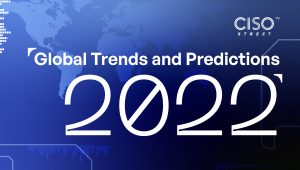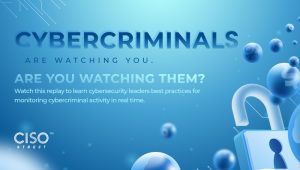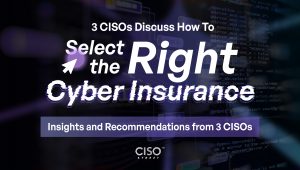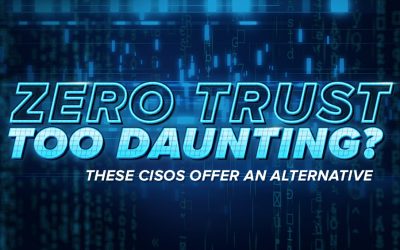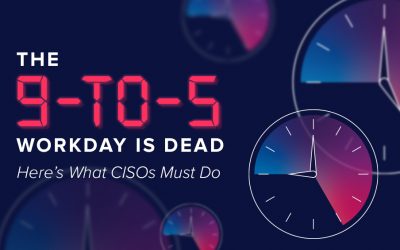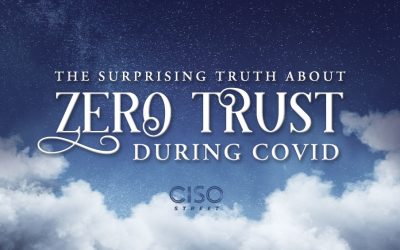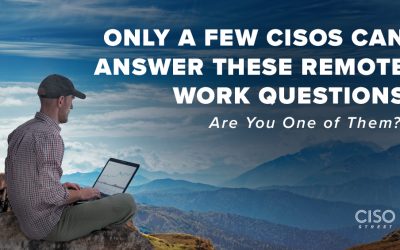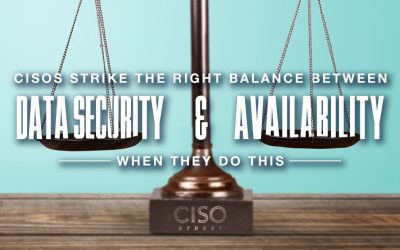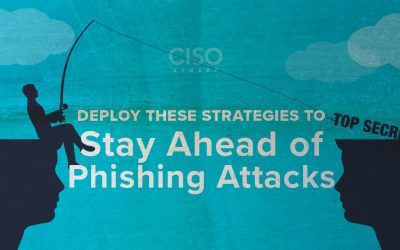The shift to remote work forced organizations to accelerate their digital transformation initiatives, creating significant security risks. While a zero-trust model may mitigate work from home risks, it may not be realistic for smaller organizations. However, there are several steps CISOs can take to improve their security profile as part of a broader digital transformation.
CISO Panels
The 9-to-5 Workday is Dead. Here’s What CISOs Must Do
The pandemic has eradicated the traditional 9-to-5 workday. Employees are juggling kids, pets, and family during the day on top of their daily work responsibilities. Some employees handle it better than others. The younger workforce, in fact, has not only adapted to this new work environment, they’ve thrived in it. CISOs and other leadership members must accept this new work environment, including flexible work hours and trust the work will get done. Delegate tasks and give a hard deadline then trust the work will be completed on time. Adapt a trust but verify approach and check in if needed, but otherwise refrain from micromanaging.
The Surprising Truth About Zero Trust During COVID
The concept of a zero trust architecture is fantastic, in theory. How realistic is it in a post-pandemic world? Businesses rushed to implement cloud applications at the start of the pandemic. Employees accessed those applications from shared home networks using myriad devices. Verifying a user’s identity in this current environment therefore seems challenging at best. Can an organization realistically adopt a true zero trust model, or is a ‘Trust-But-Verify’ approach more attainable?
CISO Street recently moderated a virtual CISO panel and asked panelists about their perspectives on current cyber trends and challenges. In this video, Richard Rushing, CISO for Motorola Mobility and Jeff Lush, CIO for Air University at U.S. Air Force share their thoughts on zero trust during the pandemic.
Only a Few CISOs Can Answer These Remote Work Questions
When the pandemic hit, employees worldwide made the shift to remote work overnight. Is remote work the new normal or will companies adopt a hybrid solution? What does either option mean for the future of commercial real estate? The prospect of long-term remote work raises new financial, cybersecurity, and legal concerns for many organizations, leading to even more headaches for CISOs.
CISO Street recently moderated a virtual CISO panel and asked panelists about their perspectives on current cyber trends and challenges. In this video, Christopher Rence, Chief Data, Compliance, Security and Risk Officer for EQUUS Holdings and Darrell Jones, former CISO with Ares Management, share their thoughts on remote work and the potential long-term problems it may cause.
CISOs Balance Data Security and Availability When They Do This
Everyone has adjusted to remote work by now, though certain challenges remain eight months into the pandemic. CISOs continue their search for the right balance between data protection and data accessibility. The struggle is real, as the sharp increase in phishing and ransomware attacks indicate. CISOs have better success when they know which data types require access, who needs it, and how will they share it and with whom. This framework lets CISOs overlay strict security and governance controls to ensure employee adherence.
CISO Street recently moderated a virtual CISO panel and asked panelists about their perspectives on current cyber trends and challenges. In this video, Mark Butler, CISO & SVP for MegaplanIT explains how CISOs can mitigate risk when giving employees working remotely access to sensitive data.
Take These Easy Steps to Support Your Employees During COVID
The ongoing pandemic has taken a toll on employees who typically separate work life from home life. Now, every day feels like Groundhog Day. Business leaders sometimes forget that the faces on the other side of a Zoom call are not just employees, but real people with lives that extend beyond their screens.
Deploy These Strategies to Stay Ahead of Phishing Attacks
In terms of sensitive information like PII, PHI, and IP, you can’t defend what you can’t see. Knowing where these digital assets are located, who has access to them and what they’re doing with them is imperative but extremely challenging. Assets like hardware, software, devices, and even people are just as difficult to see, trace, and protect. If your organization is considering a Zero Trust model, you’ll have to get a strong handle on where all your assets sit.
Here’s How CISOs are Responding to the New Normal
The work environment changed drastically in mid-March as the global pandemic chased employees out of the corporate office and into the home office. Cybersecurity changed too as a result. If working from home is the new normal, organizations benefit when CISOs stay ahead of the curve, whether moving systems to the cloud, monitoring printer or USB use, or conducting phishing simulations targeting their employees.
COVID-19 Reveals This One Secret CISOs Hoped to Hide
The CISO role has critical implications for a company’s revenues, profits, shareholder value, and brand. The position therefore favors individuals who make calculated decisions based on data and business objectives rather than emotions. Since COVID-19, however, CISOs have shown a seldom seen side of their personalities.
No Results Found
The page you requested could not be found. Try refining your search, or use the navigation above to locate the post.
Sponsored Content
No Results Found
The page you requested could not be found. Try refining your search, or use the navigation above to locate the post.
